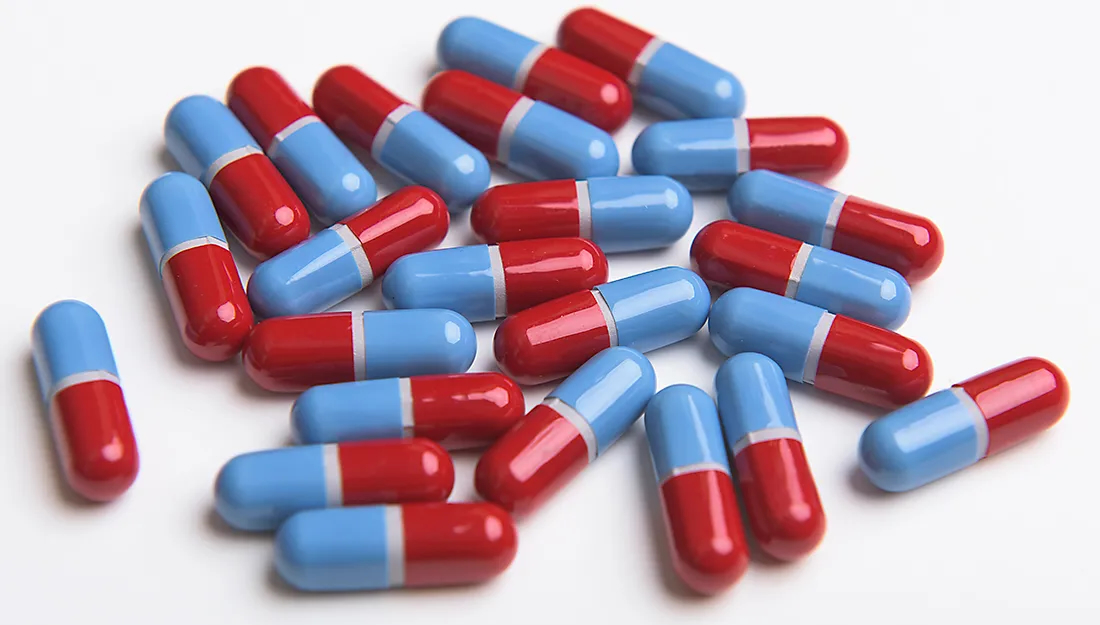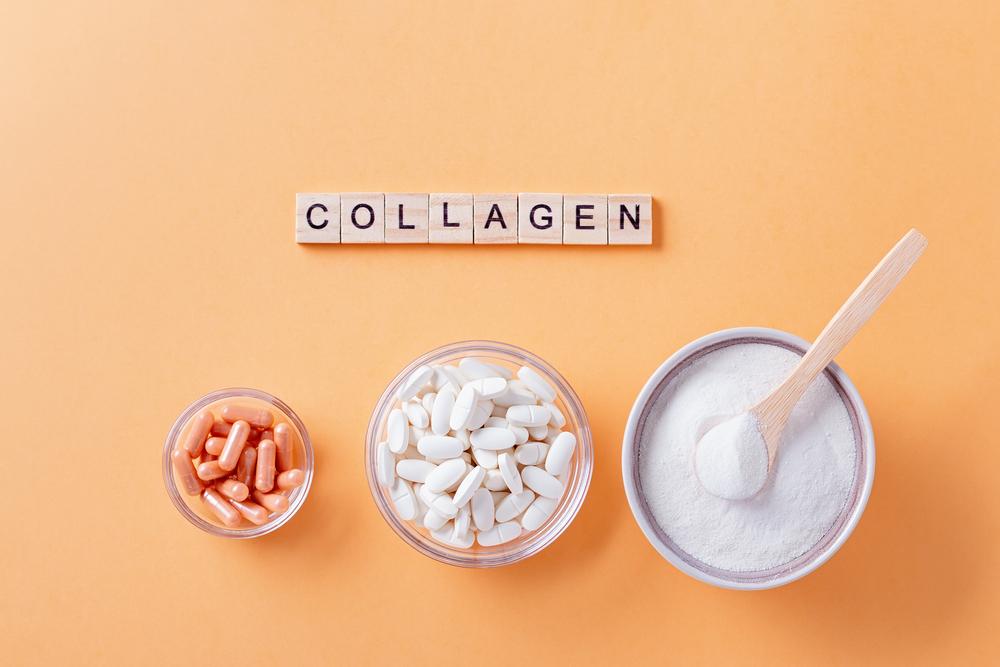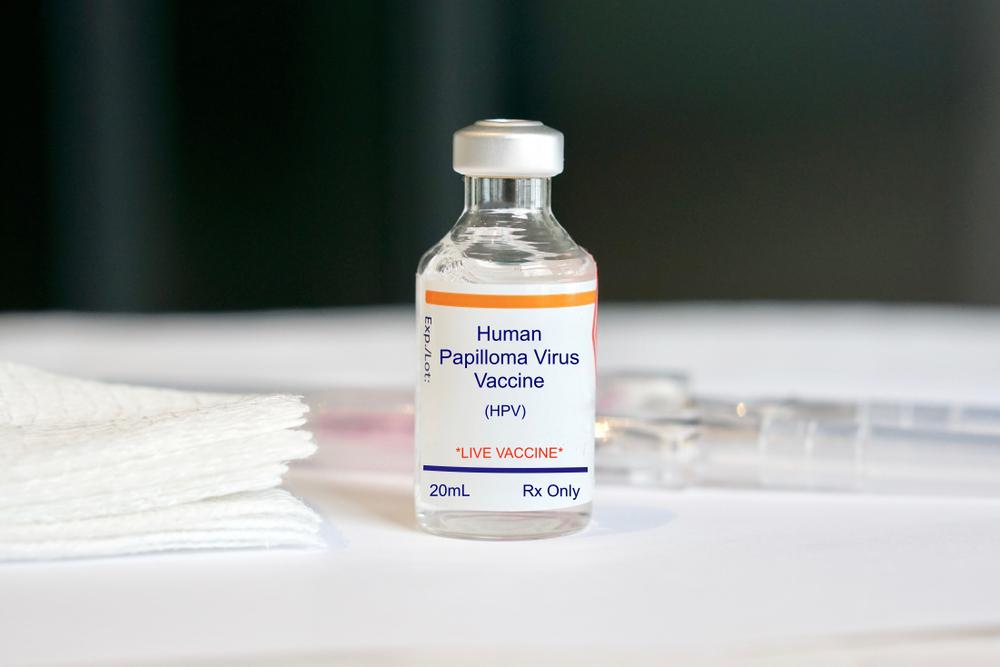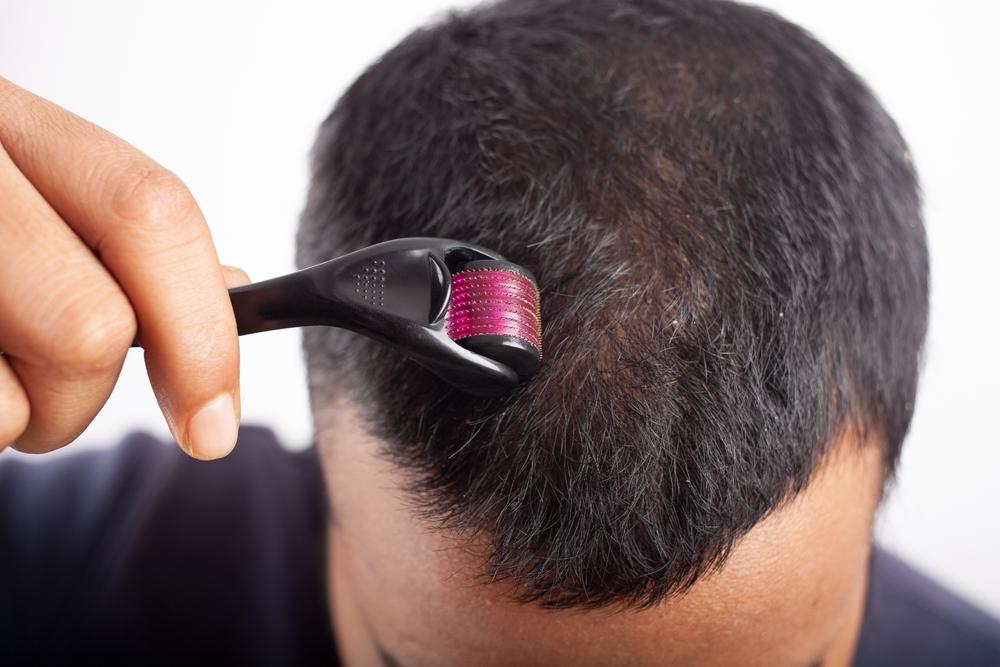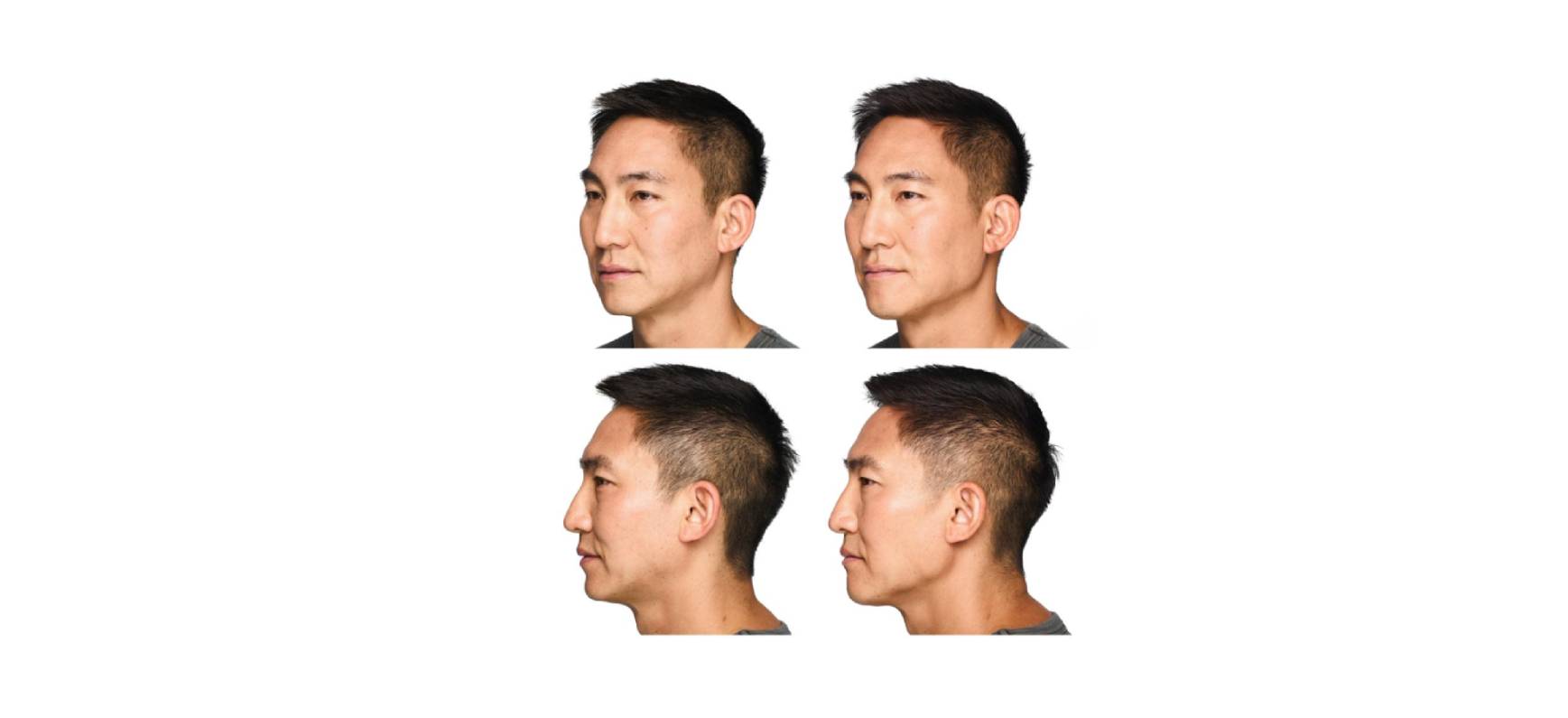Have you ever noticed changes in your skin tone that differ from its natural color? Whether it’s through a makeup-free selfie or a glance in the mirror, you might discover signs of skin discoloration. This might cause concern at first, but there’s no need to panic.
Skin Discoloration: A Common Issue
Skin discoloration is a regular skincare problem with many forms. It’s caused by a difference in melanin levels, the substance that gives skin its color and protects it from the sun. Overproduction of melanin may lead to changes in skin tone. Treating skin discoloration might take time, but it’s usually possible.
Acne Scars
An irritating concern, acne scars may lead to skin discoloration. Exfoliants, skin-brightening products, lasers, light therapy, and microdermabrasion are all effective for this kind of discoloration.
Age Spots
Caused by environmental factors like UV rays, pollutants, age spots require attention to sun protection and skincare routines. Treatments can include dark spot correctors, chemical peels, and lasers.
Inflammatory Skin Conditions
Inflammatory conditions like eczema can cause dark spots. Flare-ups might be triggered by various factors, needing a holistic approach to skincare.
UV Exposure
Increased UV exposure can cause patches of pigmentation or melasma. Broad-spectrum SPF and minimizing direct sun exposure helps prevent this type of discoloration.
Hormones
Hormones can cause discoloration in the form of hyperpigmentation or melasma. Pregnancy, oral contraceptives, and hormone replacement therapy (HRT) can also be culprits.
Treatment Options for Skin Discoloration
Hydroquinone
Hydroquinone inhibits the production of melanin and is a common treatment for discoloration including acne scars, melasma, and age spots.
Azelaic Acid or Kojic Acid
These acids are popular for treating skin discoloration and have additional benefits like anti-inflammatory and anti-microbial properties.
Corticosteroid
Helpful in reducing inflammation, corticosteroids aren’t commonly used for pigmentation but can assist with conditions like eczema.
Chemical Peels
Professional peels, using ingredients like mandelic acid and glycolic acid, exfoliate the skin and help remove hyperpigmentation.
Laser Treatments
Laser treatments offer both ablative and non-ablative options. A strict regimen with sunscreen and topical treatments must be followed with laser treatments.
Microneedling
This method stimulates controlled wound healing and is safe for all skin types. In-office treatments usually achieve quicker results.
Microdermabrasion
In-office treatment using a special tool for exfoliating the skin, microdermabrasion helps fade hyperpigmentation. It usually requires several visits for visible results.
What to Consider
When deciding on treatment, consult experienced professionals and consider the time needed for results. Patience and attention to skin reactions are crucial. Pregnant or nursing women should be extra cautious with certain products. Combination approaches may sometimes yield the best results. As Granite suggests, supporting in-clinic procedures with at-home ingredients is often effective.
Conclusion
Skin discoloration can be a concerning and frustrating condition, but there’s hope. With the insights of experts and a variety of treatments available, it’s possible to understand and address skin discoloration tailored to your unique needs.
The journey to a more confident you starts with one decision. That is the decision to get treated, why wait? If you’re on the fence or have questions brewing, remember: We at Sullivan Dermatology are always here to help.
If you have any concerns, don’t hesitate to reach out to us at Sullivan Dermatology – we’re here to make you your best!


